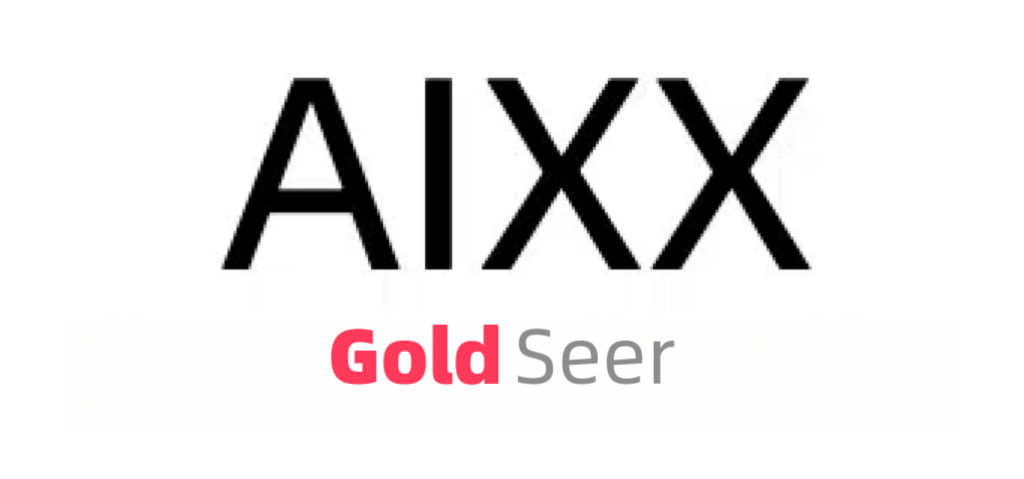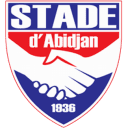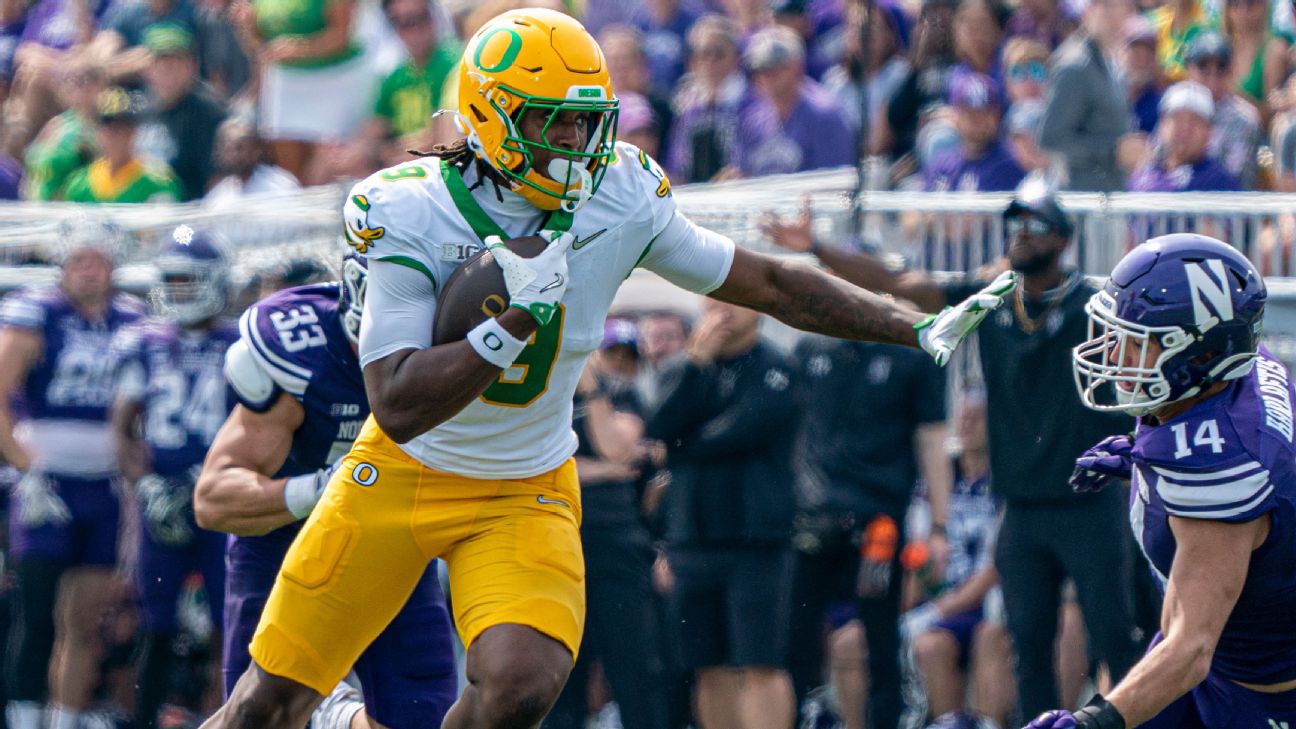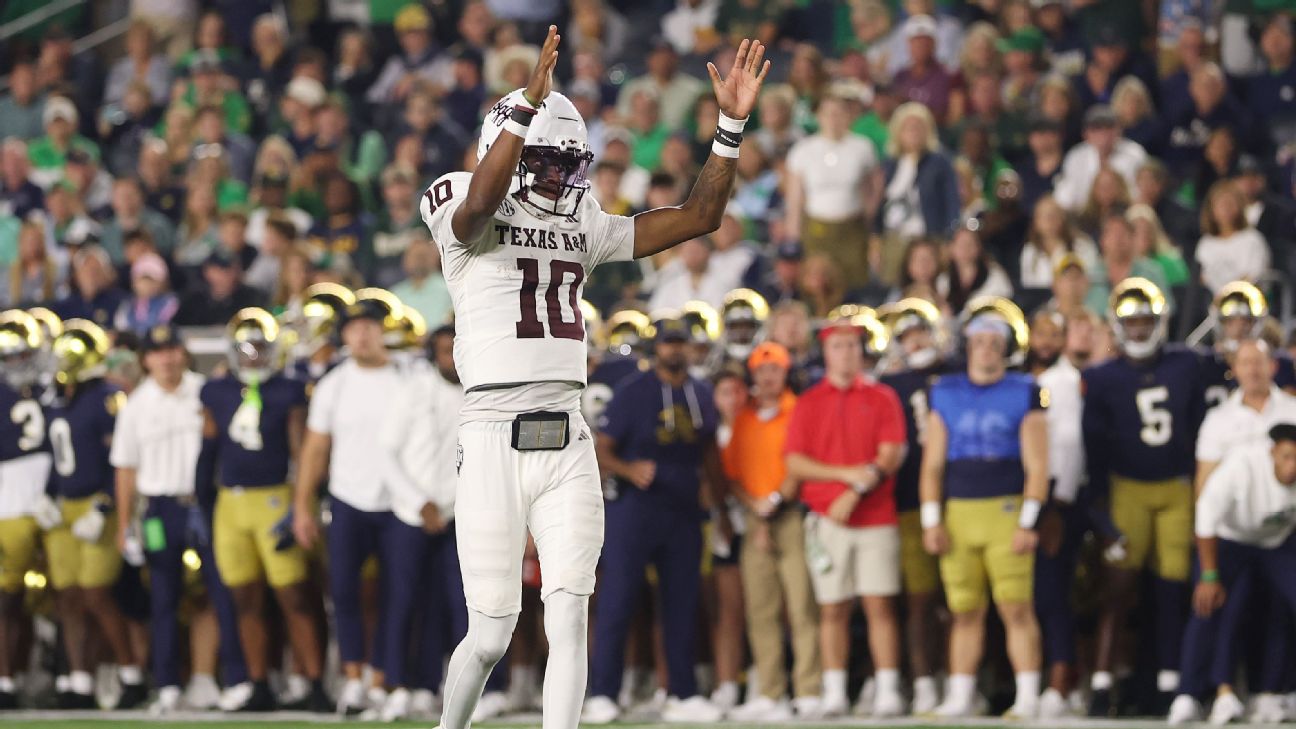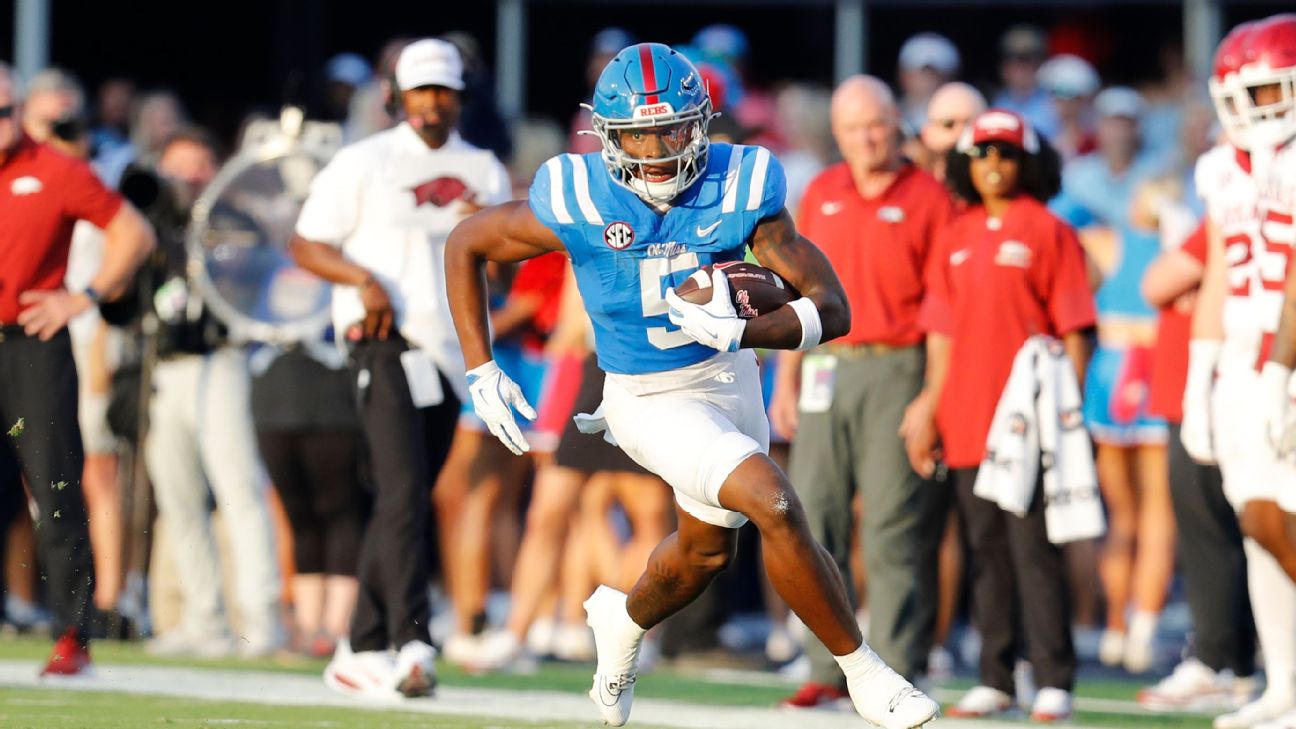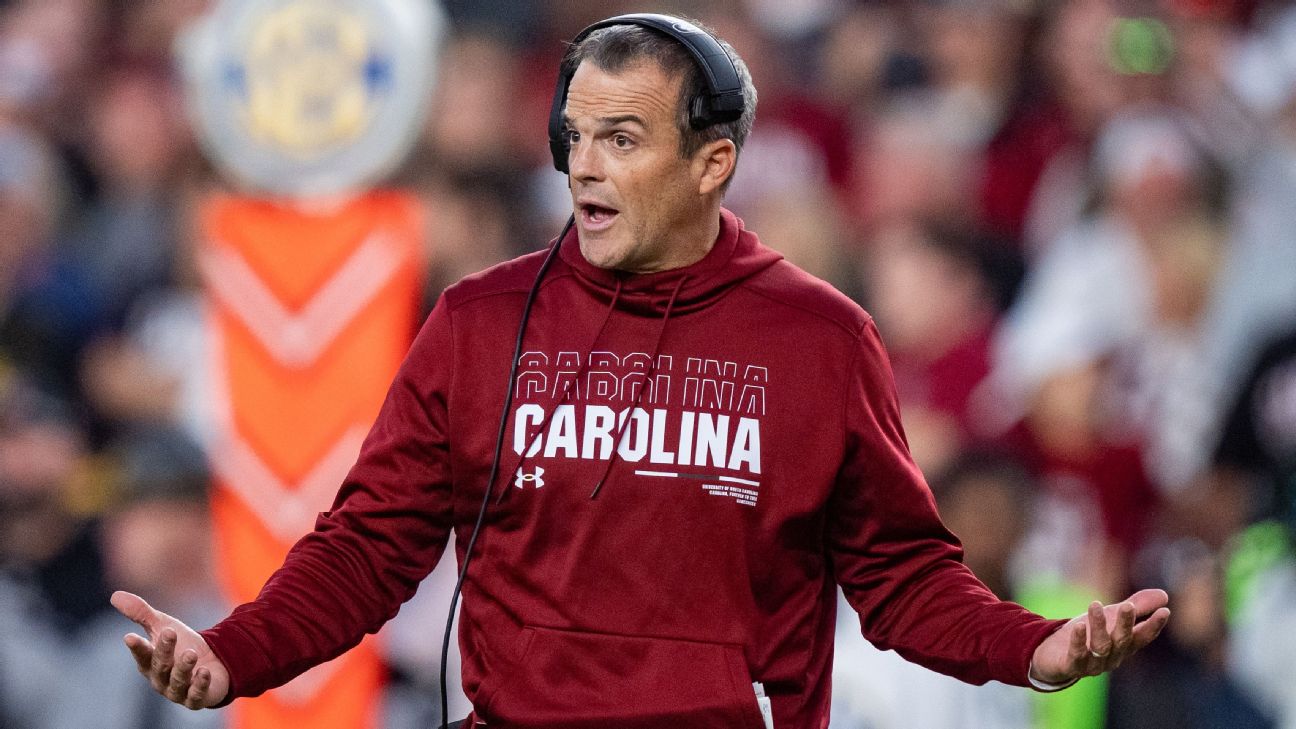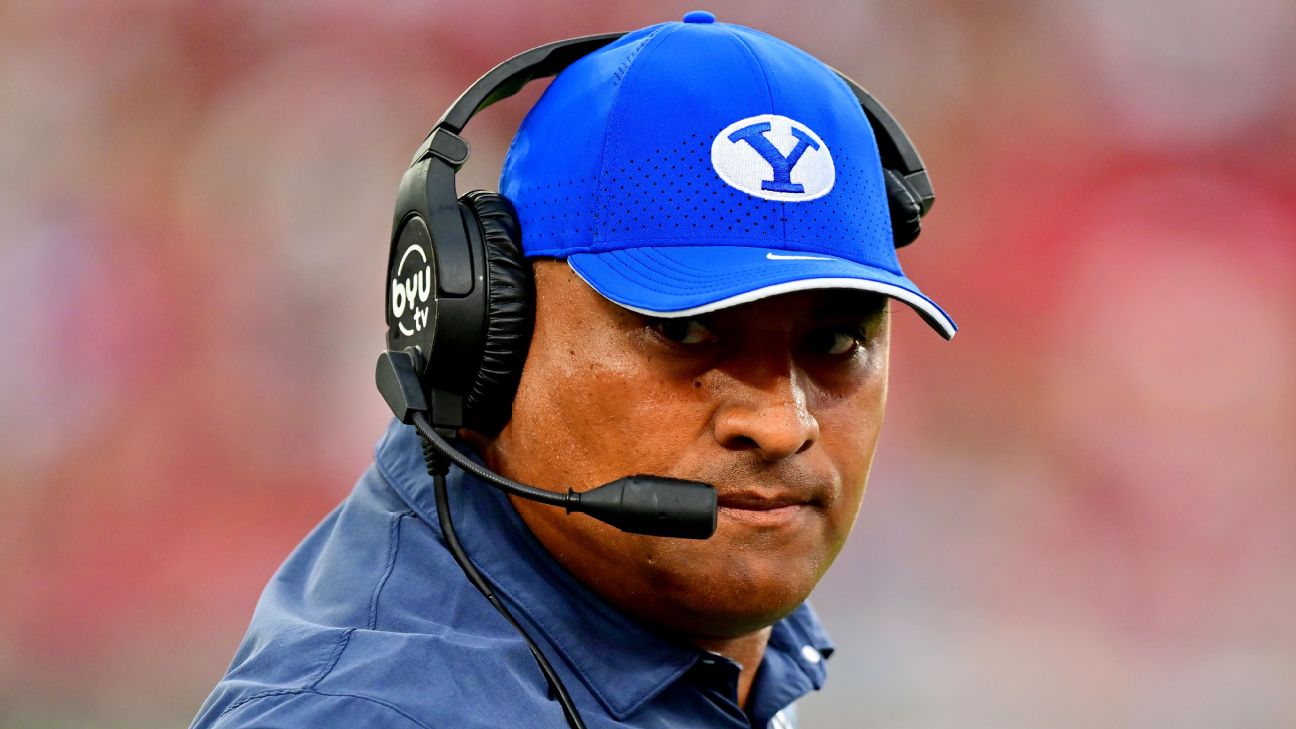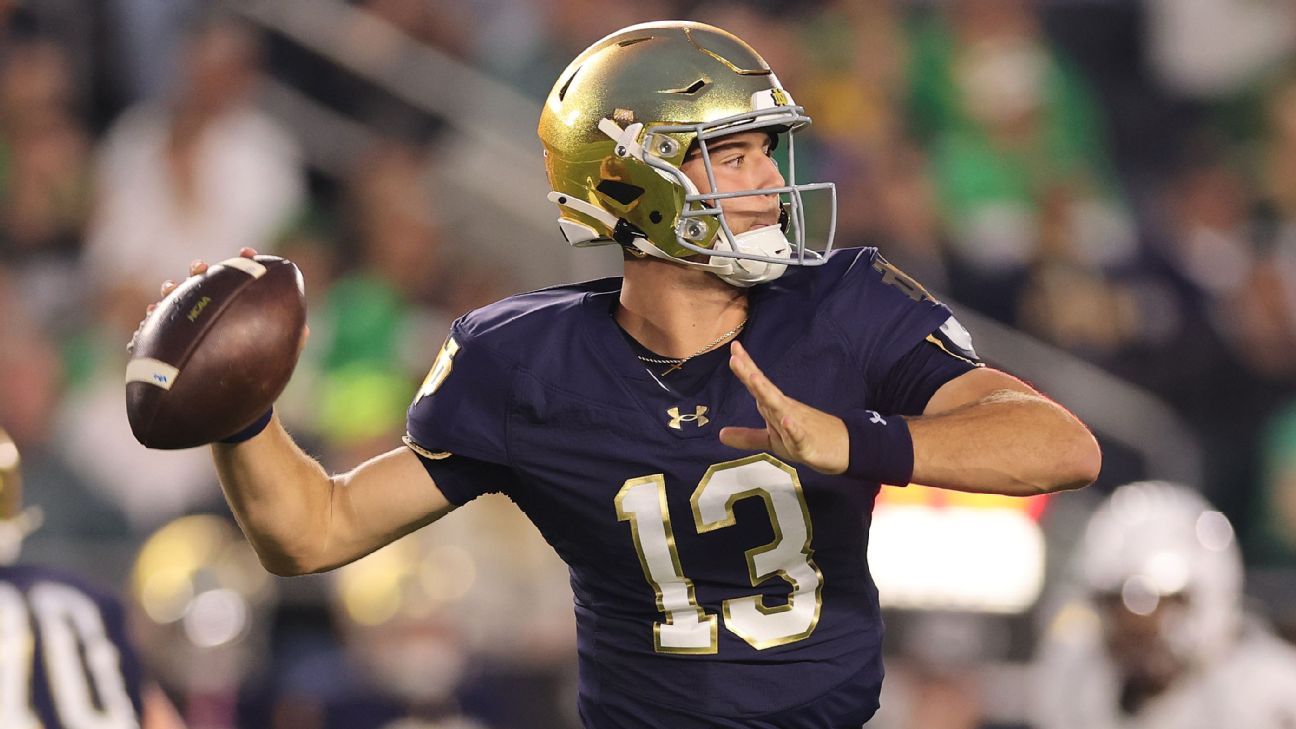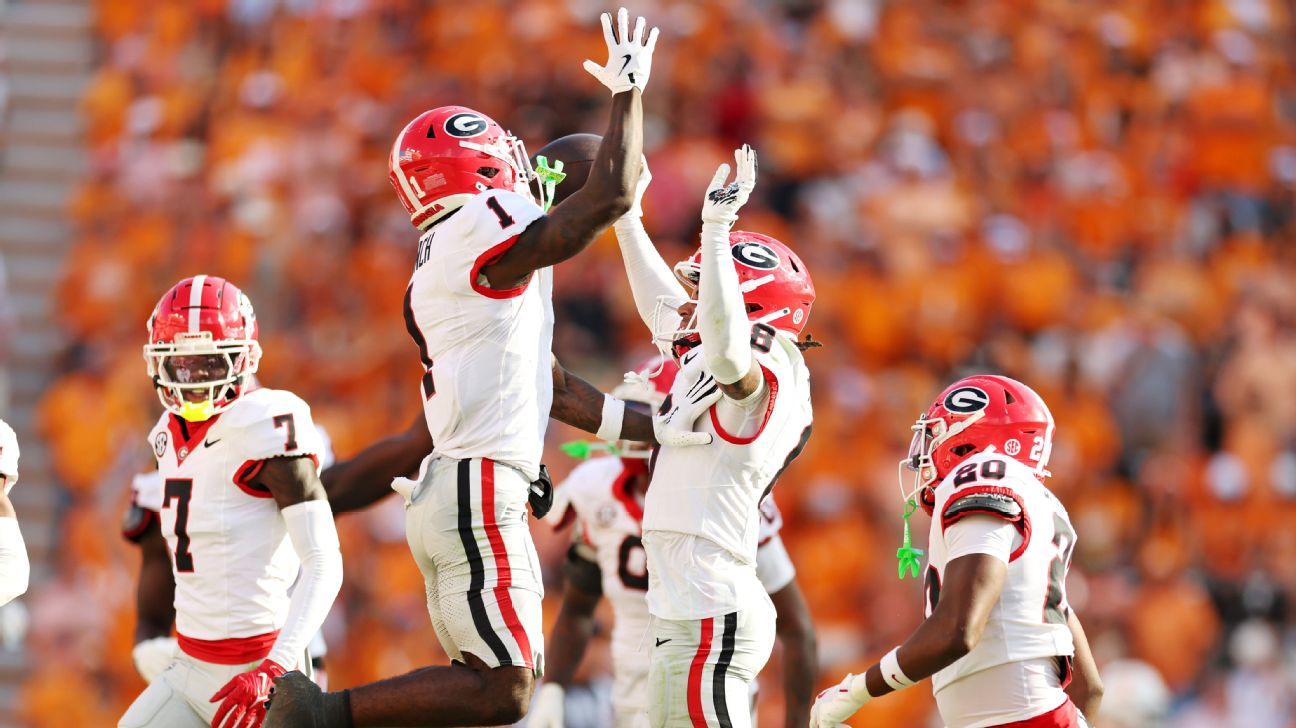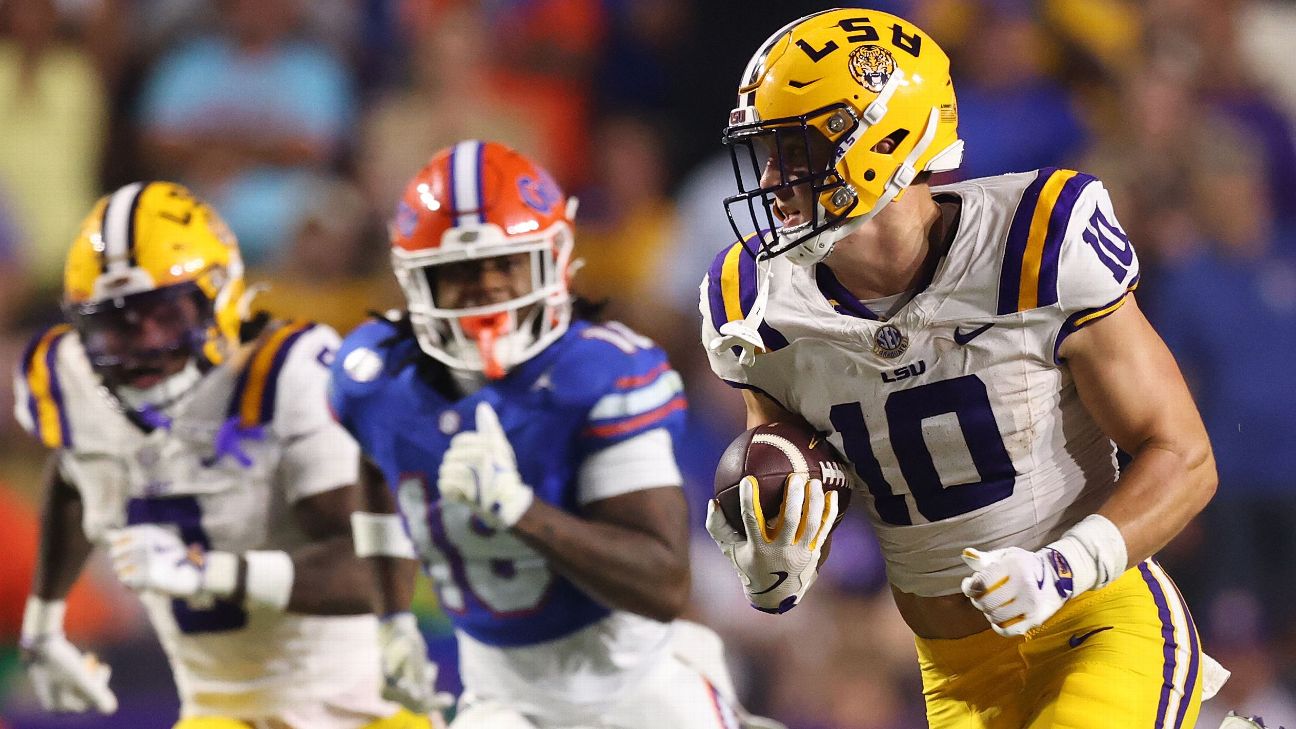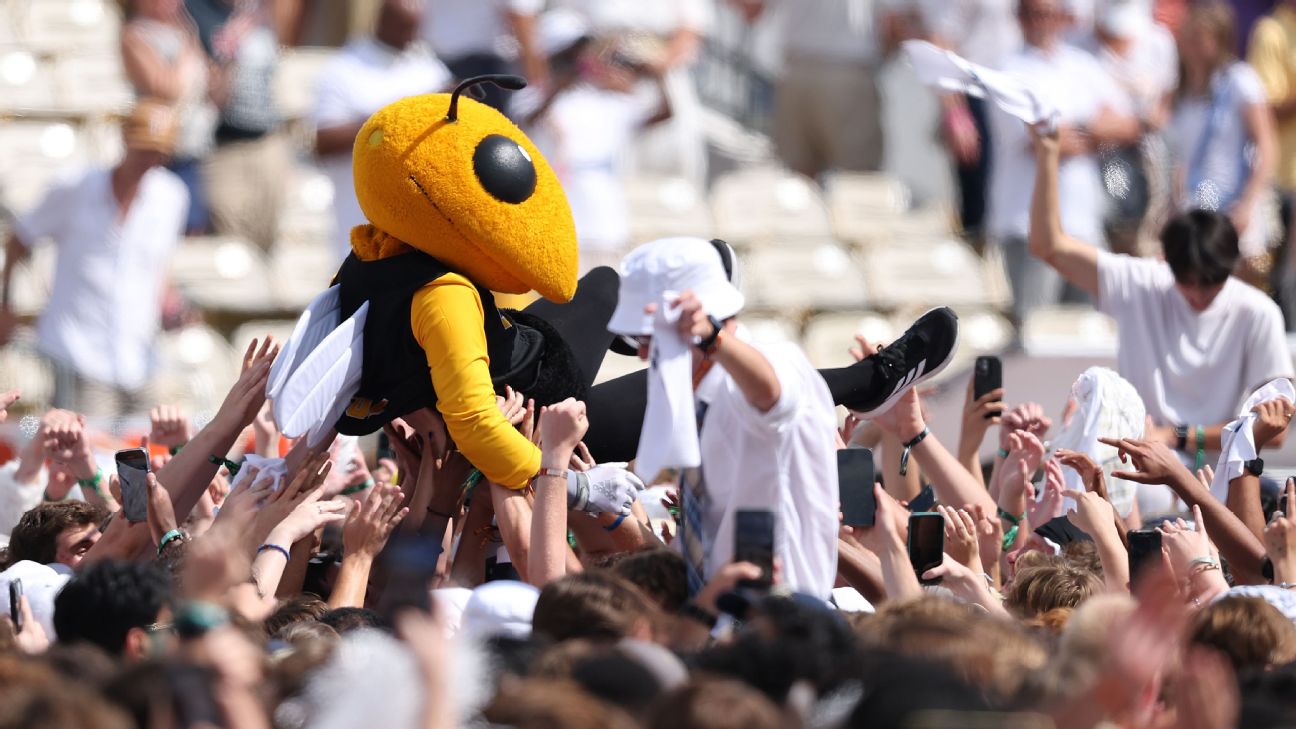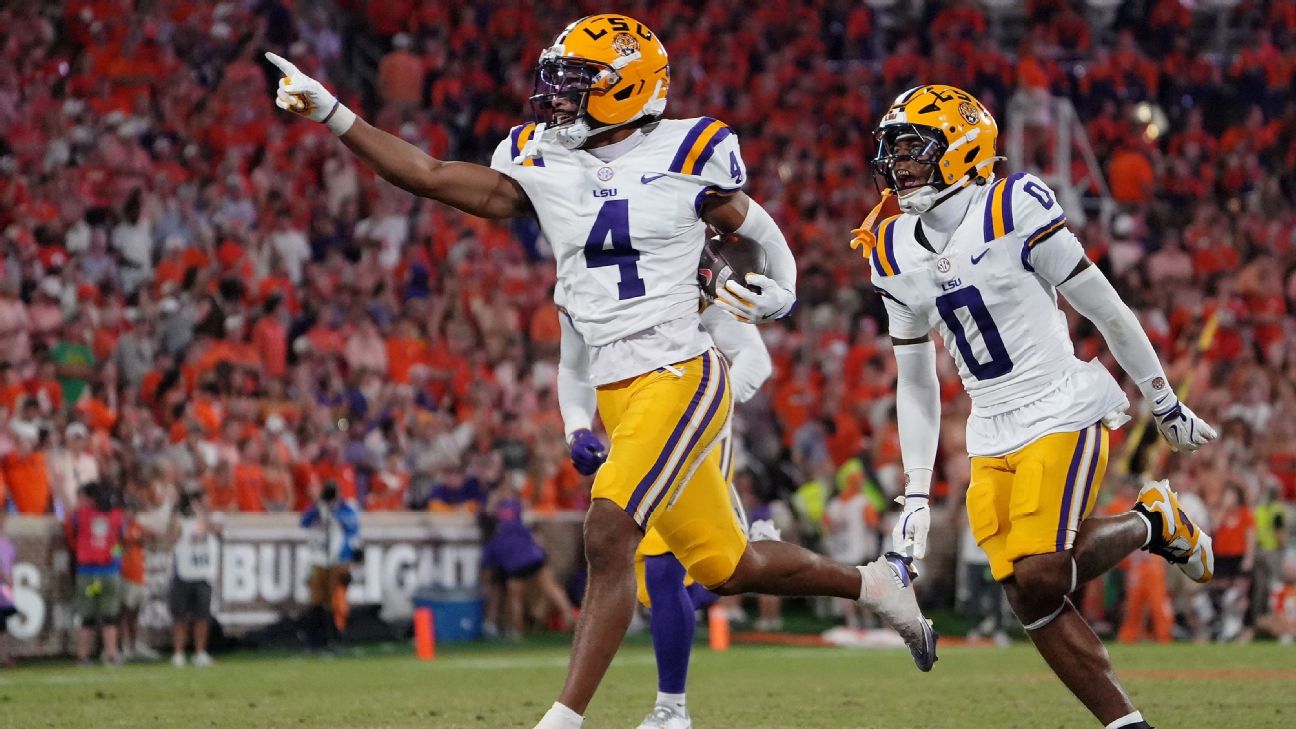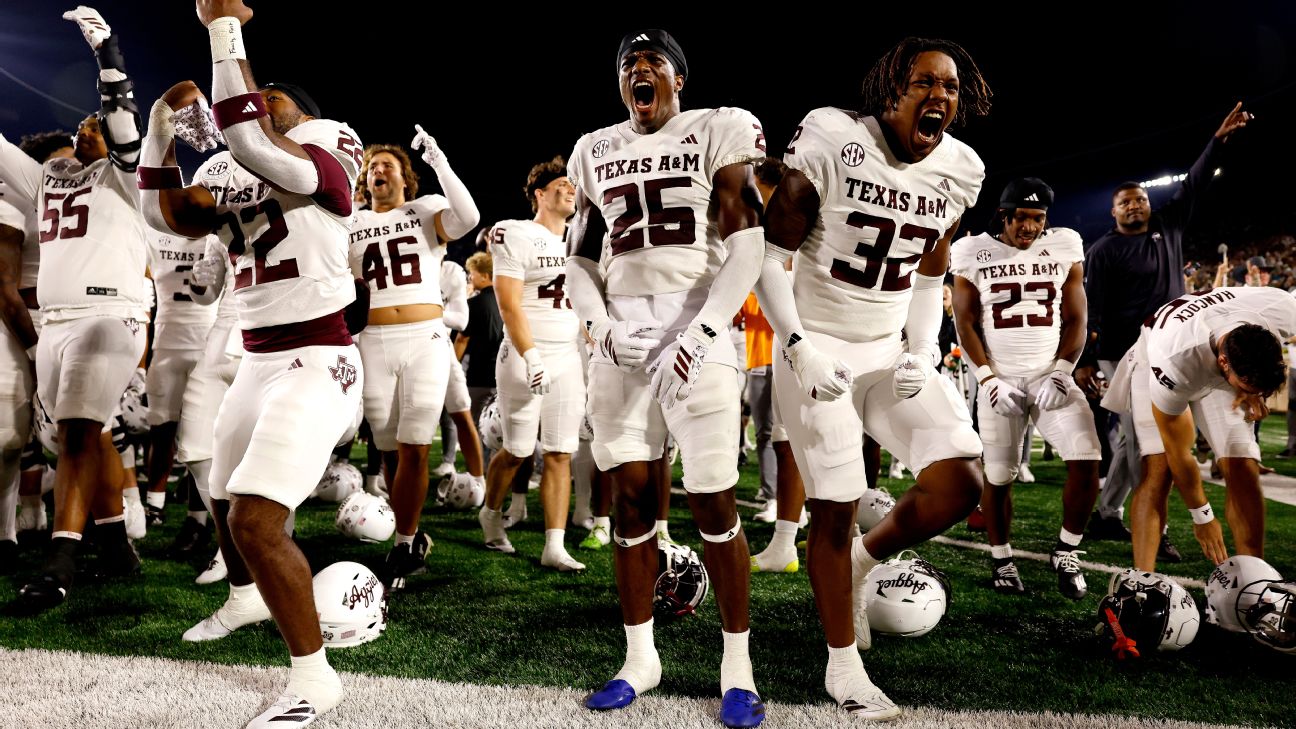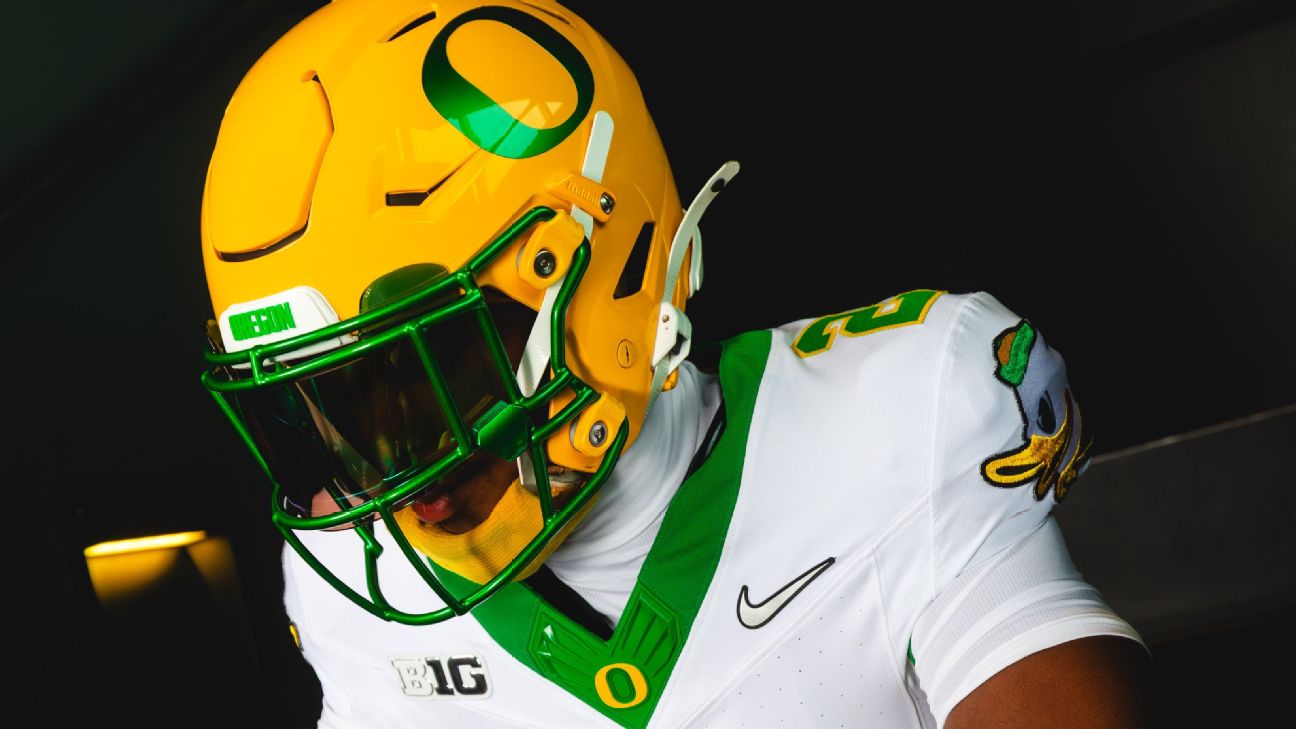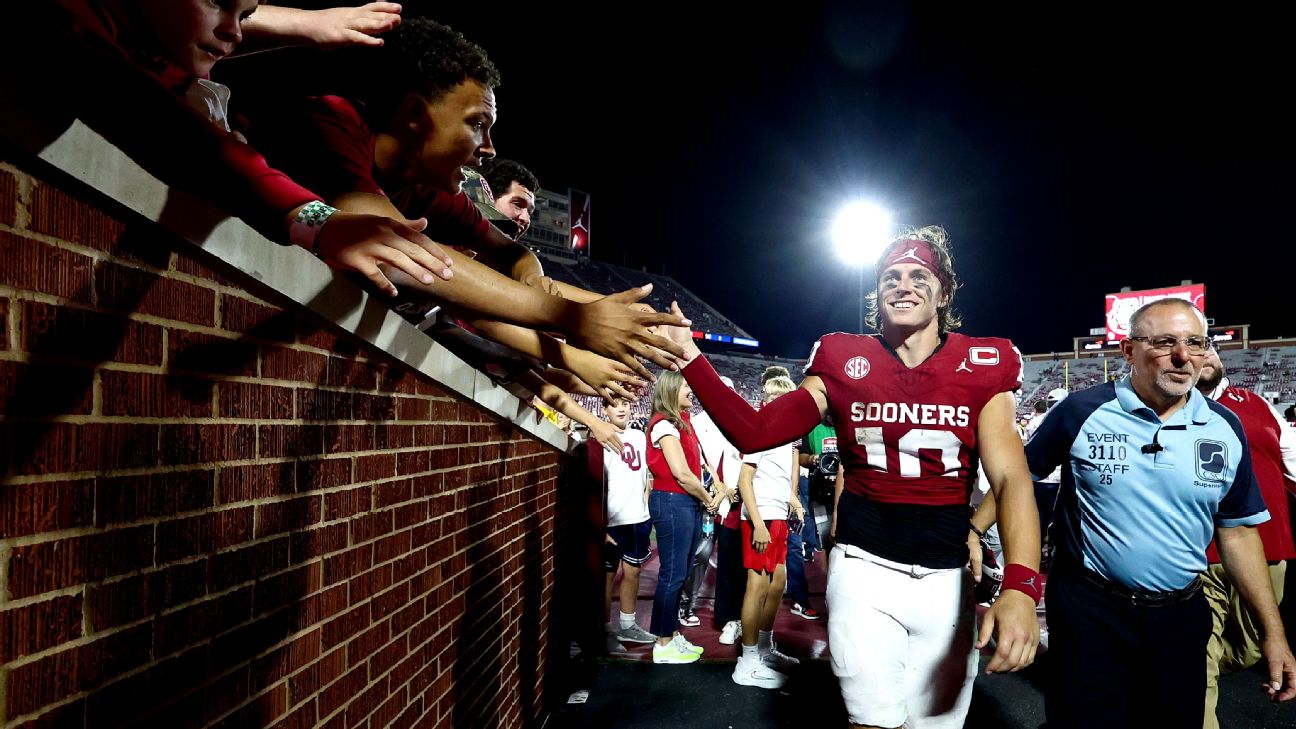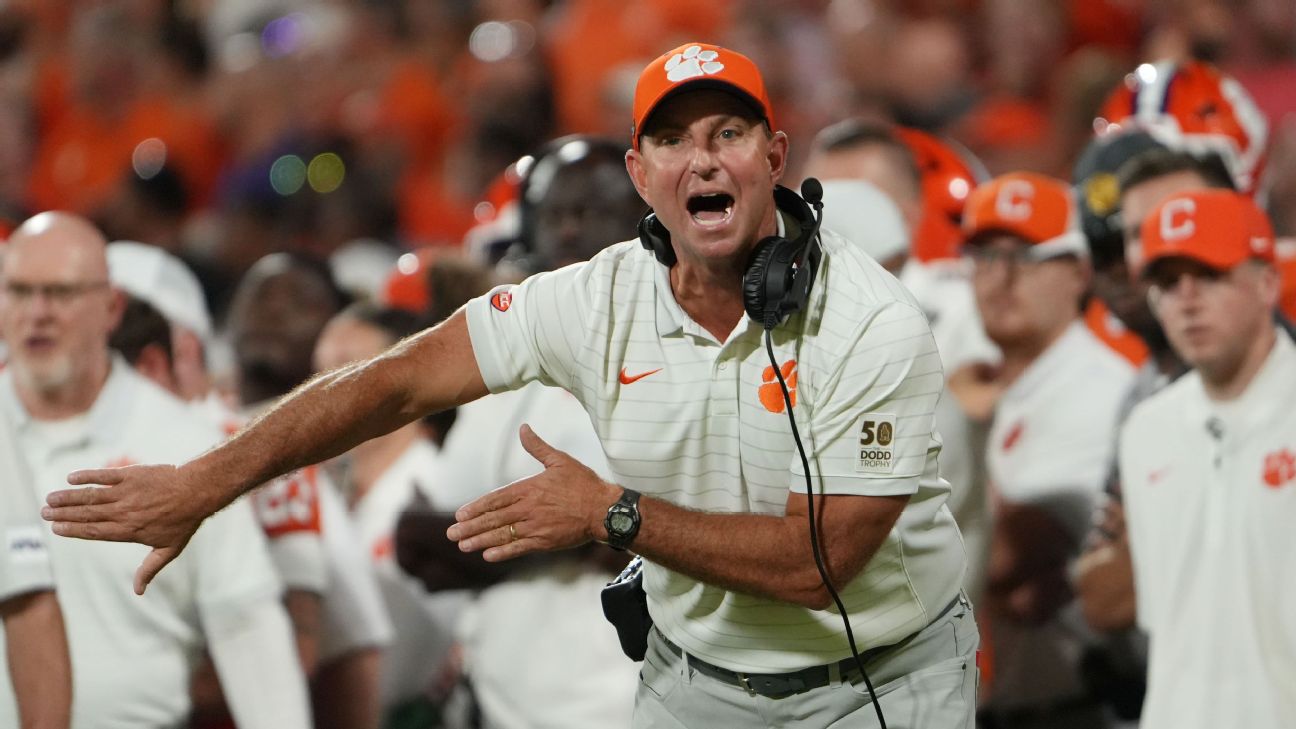NCAAF’s NIL Enforcement Crisis: Can a New Oversight System Tame the Chaos?
As NCAAF grapples with the challenges of enforcing NIL payments, a new oversight system aims to bring order to the chaos. Will it work?
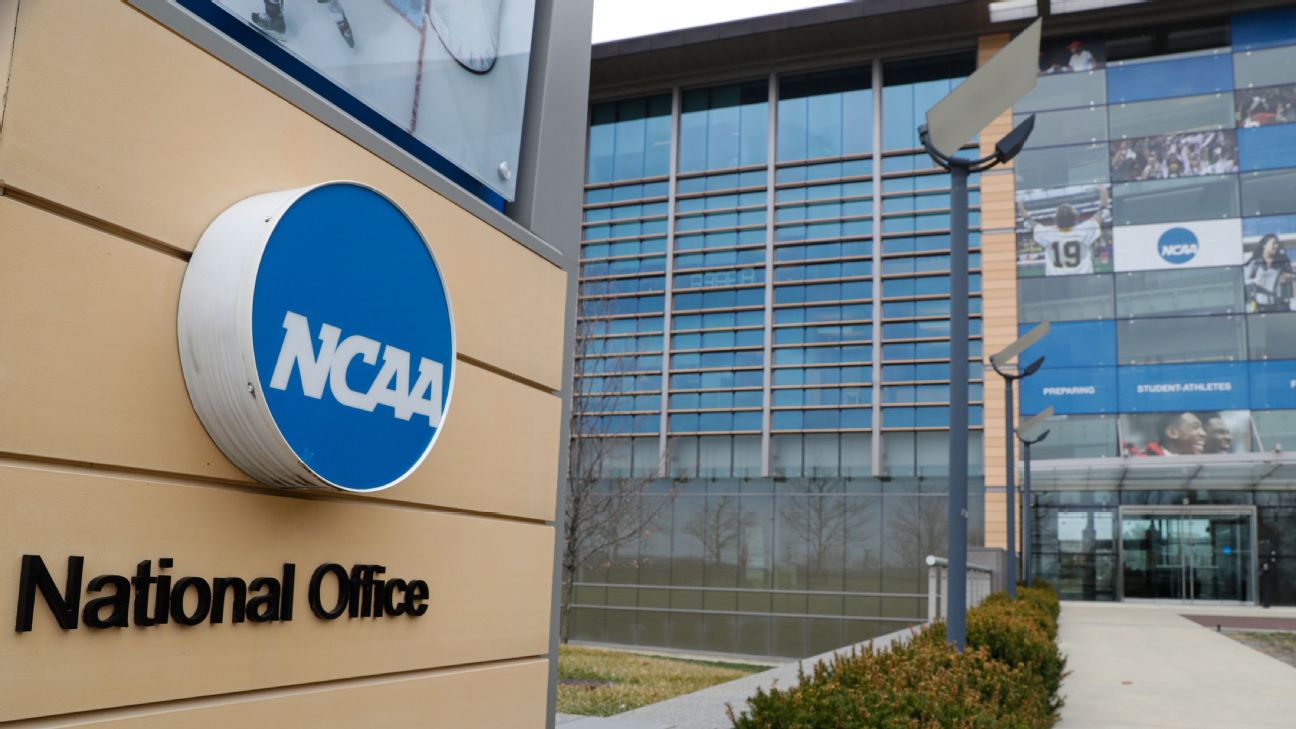
The New Era of NCAAF NIL: A Broken System?
The NCAA’s transition from rigid amateurism to a professionalized model has created a Wild West scenario—where the enforcement of Name, Image, and Likeness (NIL) payments remains its biggest hurdle. With a $20.5 million annual cap per school set to take effect, the Power Conferences are scrambling to establish a new enforcement framework. But skepticism runs deep among coaches and administrators.
"I think it's a flawed system before it gets started," said St. John’s basketball coach Rick Pitino. Kansas' Bill Self echoed: "It's hard to imagine how someone can define fair market value."
The Deloitte Dilemma: Policing 'Fair Market Value'
The Power Conferences have enlisted auditing giant Deloitte to vet NIL deals. Their mission? To distinguish legitimate endorsements (e.g., USC’s JuJu Watkins starring in a national ad) from veiled pay-for-play schemes (e.g., a local car dealership overpaying a backup quarterback). But ambiguities abound:
- How does a Bowling Green QB’s market value compare to an Ohio State star’s?
- Will mid-major athletes be systematically undervalued?
- Can Deloitte’s formula withstand gaming by savvy boosters?
Enforcement: A History of Failure
Past attempts to curb cheating have faltered:
- The FBI’s 2017 "We have your playbook" investigation fizzled, with minimal consequences.
- The NCAA’s enforcement arm has long been criticized for inefficiency and bias.
The new system—outsourced from the NCAA—promises binding arbitration and tougher subpoena power. Yet Purdue’s Matt Painter bluntly admitted: "We have zero trust."
The Booster Problem: Green Light for Abuse?
Nevin Shapiro, the infamous Miami booster, predicts disaster: "You might as well call it ‘Green light, go.’" Under current rules, boosters can legally engage with high school recruits—opening floodgates for exploitation. Houston’s Kelvin Sampson recently encountered a transfer demanding $2.5 million for one season—a figure wildly disconnected from actual NIL value.
Conclusion: Can the NCAAF Salvage Its Future?
The new oversight body faces a Herculean task: balancing fairness, transparency, and legal defensibility. As Purdue AD Mike Bobinski noted, "People don’t ask, ‘How do we comply?’ They ask, ‘How do we circumvent?’" Solutions remain elusive, but the alternative—unchecked financial anarchy—could irreparably damage collegiate sports.
—Reporting by ESPN’s Dan Murphy
